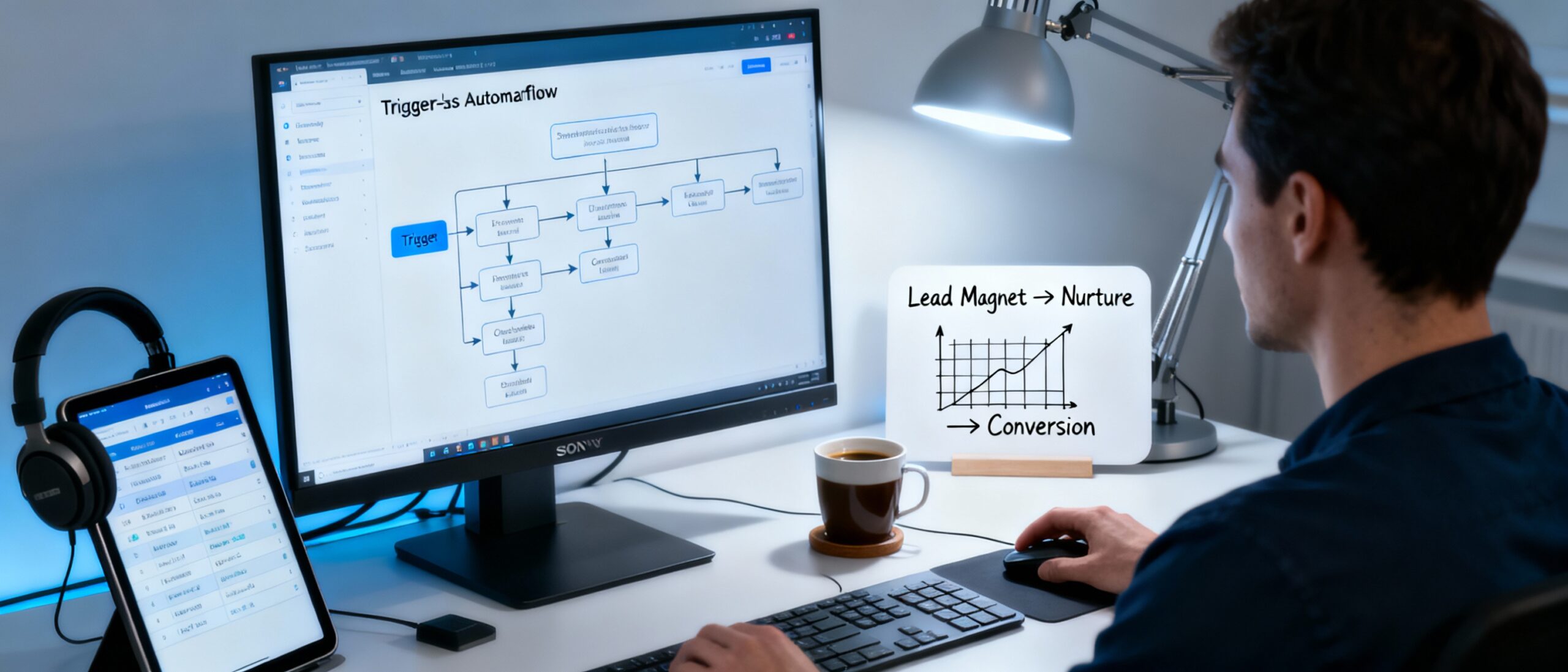The most powerful transformations in business rarely arrive with fanfare. They start as small process changes that quietly compound into advantage: a new way to brief campaigns, a faster path from idea to draft, a more consistent follow-up cadence. For small and mid-sized teams, the convergence of intelligent tooling and clear operating rhythms is turning marketing from a scramble into a system. The result is not hype—it's headroom: more time for strategy, more creative energy, and more consistent results.
EZWAi Content Studio is one of the platforms helping teams make that jump, but the story is bigger than any single product. It's about a playbook that turns experimentation into repeatable outcomes. In this article, we unpack how to stitch together AI content generation, automation, and human judgment so your brand grows without becoming unrecognizable.
For years, teams treated AI content generation like a clever shortcut—handy for brainstorms, risky for publishing. That era is ending. The shift is from one-off prompts to well-defined systems that encode voice, target, and intent. Think of it as building an assembly line for ideas: brief comes in, strategy and source inputs snap into place, and the first draft arrives aligned to your tone and objectives.
From Prompts to Playbooks
Prompts are fine for experiments; playbooks make outcomes predictable. A strong playbook pairs your positioning statements, audience insights, and examples with reusable templates for blog posts, product pages, emails, and scripts. When your model has a clear canon—approved phrases, proof points, and stylistic do's and don'ts—it can draft assets that feel like you on your best day.
Quality improves when humans stop rewriting and start directing. A practical approach is to review at two points: strategy and polish. First, check that the outline anchors to a business goal, a persona, and a call-to-action. Second, review the near-final for specificity, evidence, and tone. With this cadence, editors spend their time elevating, not fixing.

